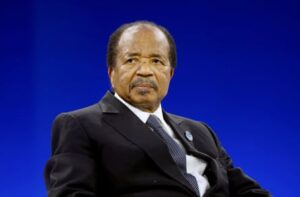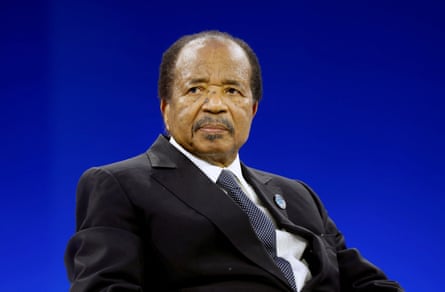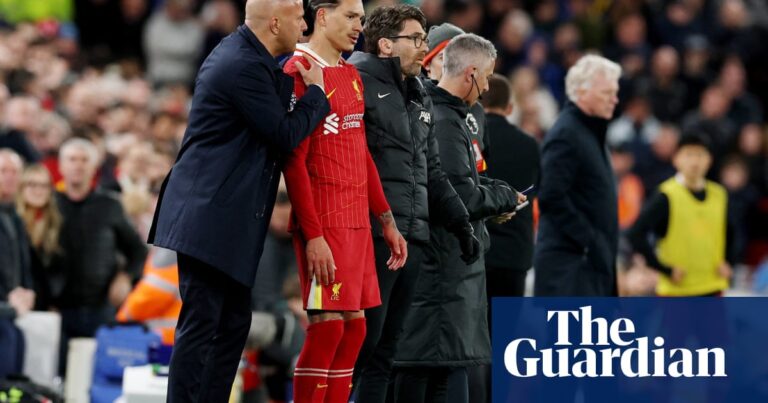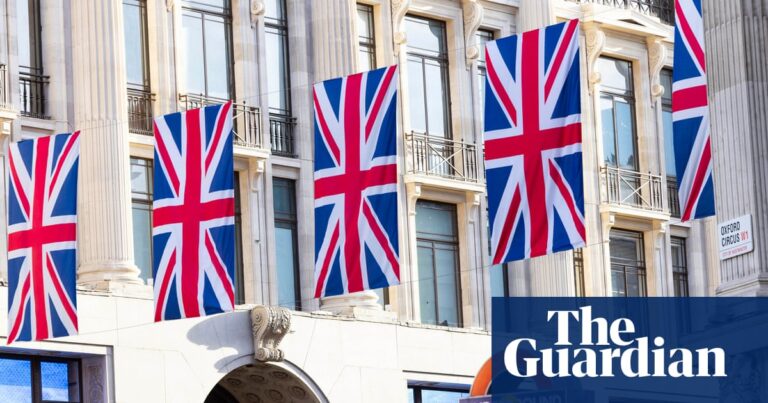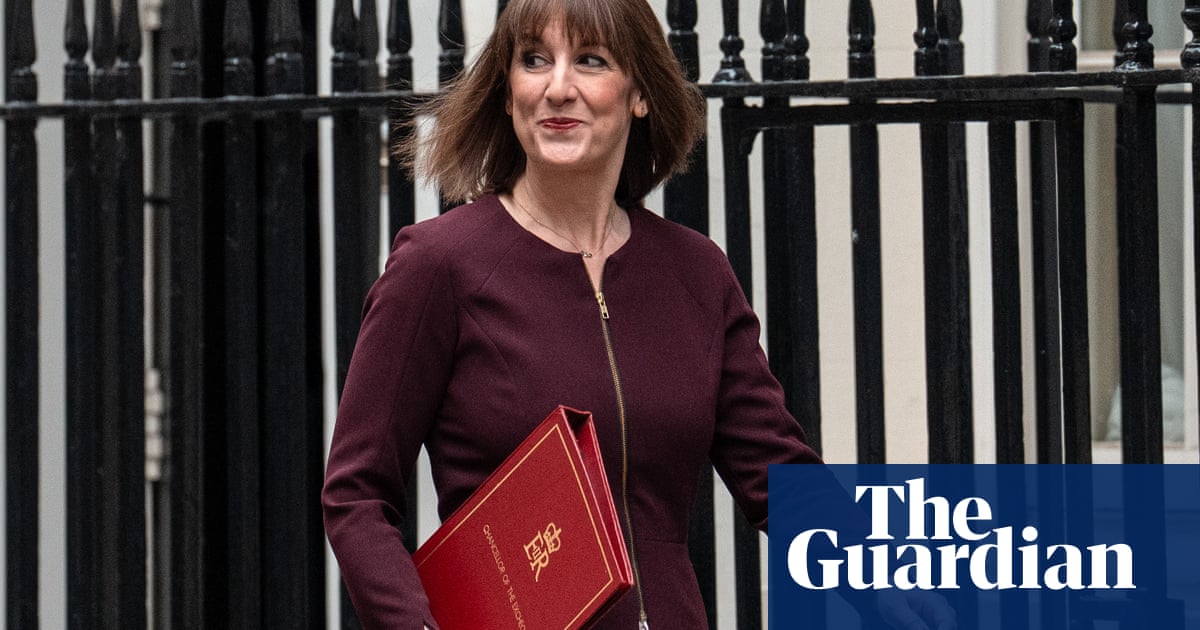
Rachel Reeves must cope with lower growth and higher borrowing costs this year, as the Treasury’s independent forecaster said the global economic situation was more unpredictable and could worsen if Donald Trump imposed significant trade tariffs.
In a report to coincide with the chancellor’s spring statement, the Office for Budget Responsibility (OBR) said the economic outlook was “more challenging” and “more uncertain” as it forecast that growth would halve this year to 1% from its 2% prediction at the time of October’s budget.
After Reeves slashed welfare benefits and prepared big departmental spending cuts to claw back £14bn of savings, the OBR said the chancellor’s narrow headroom could easily be wiped out by trade and geopolitical tensions and volatile borrowing costs.
The OBR’s chair, Richard Hughes, warned that if Trump persisted with his plan to impose 20% tariffs between the US and the rest of the world, it could reduce gross domestic product (GDP) by a peak of 1% and wipe out Reeves’s headroom by the end of the parliament.
He said the hit to global trade from Trump’s tariffs ranked alongside the extra costs from a jump in global interest rates as the major risks to the government’s finances.
The forecaster said the government would have to spend an extra £10.1bn to service its debt by 2029-30, relative to its October forecast, amid rising global borrowing costs.
But despite halving the growth forecasts for this year, the OBR upgraded its outlook on growth from next year until the end of the decade after it included the impact of higher investment spending that Reeves said would result in a permanent increase in the economy’s growth rate.
The OBR said planning reforms would deliver the biggest boost to the level of potential output, adding 0.2% to GDP in 2029.
Reeves adopted two main fiscal rules in her October budget: that day-to-day government spending would be balanced with revenues before the end of the parliament in 2029 and that the debt-to-GDP ratio would fall in the last year of the parliament.
The OBR said higher debt interest payments and weaker-than-expected tax receipts had reduced the headroom on day-to-day spending from a surplus of £9.9bn to a deficit of £4.1bn in 2029-30, before accounting for new policies.
Inflation would also be higher this year on average than expected, increasing to 3.2% from the 2.6% forecast in October. The OBR blamed higher energy and food prices and “more persistently high wage growth” for a rebound in inflation to a fresh peak of 3.7% in mid-2025, before returning to a 2% target in 2027.
Reeves said cutting welfare spending, restricting Whitehall budgets in the second half of the parliament, and a further clampdown on tax avoidance had restored the near £10bn of headroom by 2029.
after newsletter promotion
However, Hughes warned it was still the third-lowest margin of any chancellor in relation to their fiscal rules.
“This remains a small margin against the risk of further shocks to interest rates, productivity, or global trade,” the OBR said, highlighting pressure to increase defence spending and trade tensions.
Government borrowing between now and the end of the decade is expected to be £47.5bn higher than forecast at the time of the October budget.
The OBR highlighted the impact of next month’s increase in employer national insurance contributions (NICs), which it said would help drive tax as a share of GDP from 35.3% this year to a historic high of 37.7% in 2028. It also said tax receipts this year were expected to be £7.6bn lower than its October forecast, mainly as a result of weaker-than-expected self-assessment returns and corporation tax.
The consultancy Capital Economics said the Treasury’s tightening in fiscal policy amounted to £9.7bn, or 0.3% of GDP, in 2029-30 relative to previous plans. It said the change was modest and “only reverses about 30% of the 1% of GDP relative loosening in policy the chancellor put in place at last October’s budget”.
The OBR makes an assessment of the government’s finances and the outlook for the economy twice a year, coinciding with the government’s autumn budget and spring statement.
Reeves was forced to make extra savings after analysis by the OBR found only £4.8bn of savings from welfare changes rather than the £6bn expected by the work and pensions secretary, Liz Kendall.
The OBR’s outlook on growth this year remains above many other forecasts. A poll of City economists predicts a growth rate of 0.8% in 2025, while the Bank of England is even more pessimistic, forecasting the economy will grow by just 0.7%.
Source: theguardian.com
